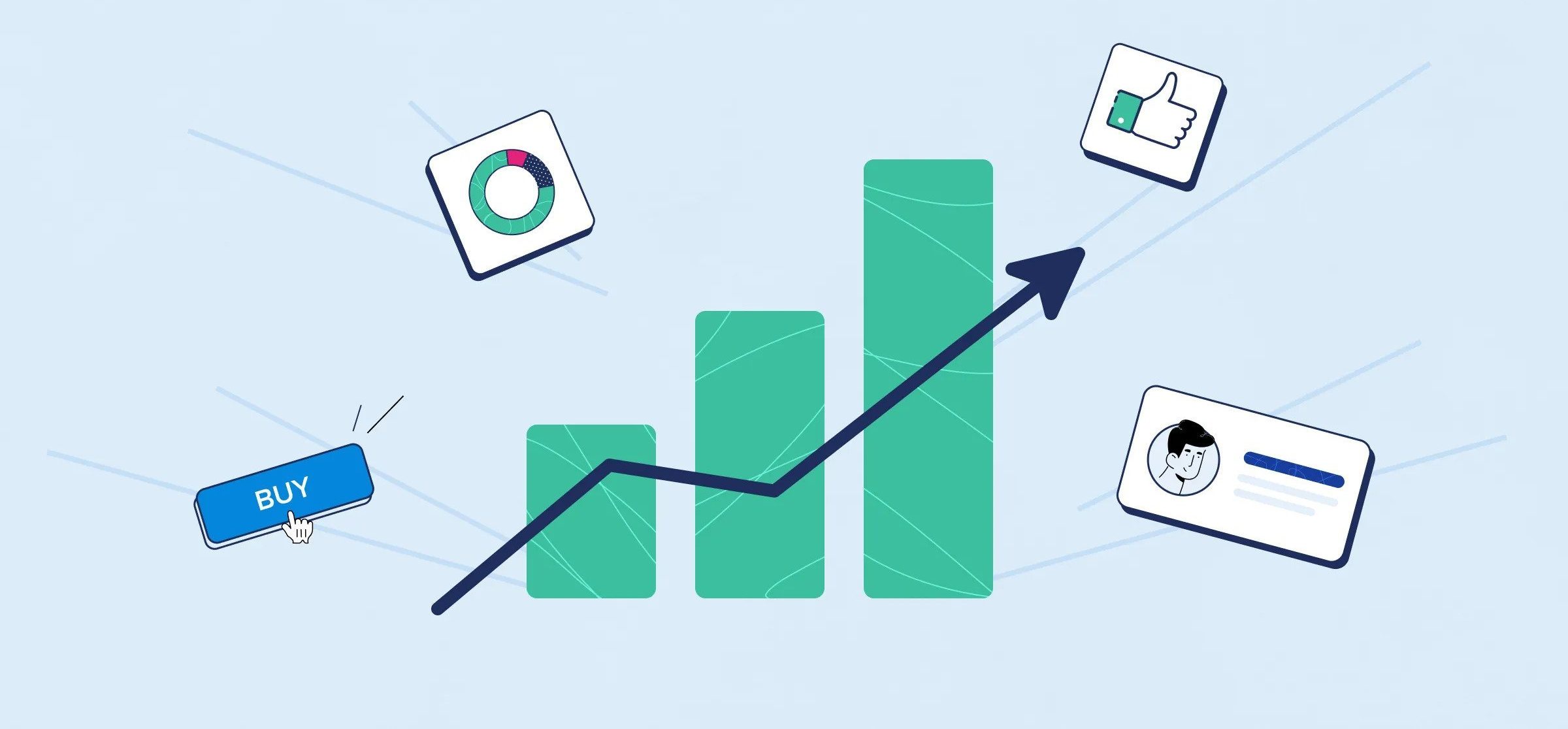Are you struggling to convert more visitors into paying customers? If so, your website’s product pages might not be optimized for conversions. Product pages are the digital pages where potential shoppers can find out all they need to know about a product, such as its features, specifications, price, and any pertinent information about shipping and handling.
Your product page is your opportunity to provide customers with all the information they may need to make a purchase decision. Getting it right will have a significant impact on your conversion rates. Here are a few things you can do to help your product pages improve their bottom line.
1. Write Amazing Product Descriptions
Without a paragraph of passionate text that produces a sense of discovery and instills an immediate desire to purchase, your products are meaningless. This is why you should prioritize creating qualitative descriptions above everything else.
- Tell A Story. The last thing your product page needs is a long and dull description. Though technical information is important, remember that your ultimate goal is to sell, so try to establish an emotional “customer-product” connection. Identify your target audience’s interests and write in a style that resonates with them.
- Avoid Baseless Claims. Try to be more descriptive instead than just being persuading. Customers will determine if the product is excellent or not by carefully analyzing its features and advantages. If they find the product useful, they’ll make a purchase. You should also avoid using clichés in your writing. Cliché words and phrases aren’t inherently bad, but they’ve been overused to the point they no longer convey any helpful information. Several examples include:
- Advanced
- Beautiful
- Best in class
- Excellent Product Quality
- Guaranteed
- Innovative
- Proprietary
- Solution
2. Improve Your Images
You probably know that the image is one of your product page’s most powerful impression-forming components. While 23 percent of customers regard visuals as very important, the same percentage of businesses overlook or dismiss them.
- Quality, Quantity, Size. A detailed and attractive product photo gets your customers closer to an offline shopping experience, positively affecting their purchase decisions. eBay.com Research Labs found that good product images can boost conversion rates by 65 percent! It’s also good to show your products from varied angles and in different variations. Don’t skimp on the quality and resolution of your photos; the more pixels you show, the more sales you’ll generate.
- Use Images to Cross-Sell. Show the product combined with other products, suggesting they should purchase these items as well. Here’s how it works: a customer looks for a blue shirt, finds it, sees a photo of a model wearing it with white pants. The customer likes the trousers and purchases two items rather than one.
3. Create Positive Social Proof
Social proof is a marketing tactic aimed to ease the mind of customers. While shoppers are skeptical of product descriptions, they prefer to hear from like-minded people and are more trusting of other customers than businesses. This is why it is critical to have good social proof on your product page.
- Add Reviews and Ratings. Make sure your product pages have product ratings and reviews, as more than 60 percent of online customers prefer to buy from a site with them. If your customers appear to be a little sluggish, you can ask for reviews using an automated email a week or two after the purchase in exchange for an incentive. Also, remember to be transparent and upfront about the reviews, including positive and negative feedback; this will help maintain credibility.
- Integrate Social Buttons. Many people utilize social media sites like Facebook, Twitter, Google+, and others to gain feedback on the things they’re interested in. Why not give customers the option of sharing right away? Integrating social buttons would be another addition to product page optimization, boosting traffic and increasing your store’s visibility on social media.
Dispel Doubts
Even the most motivated customers have second thoughts at the last minute, concerned about shipping, return policies, and warranties. There is a solution: present your customers with adequate information and a clear call to action to alleviate anxieties that prevent them from making a purchase.
- Optimize Your Call to Action. A call to action is a must-have on any product page. “Buy Now” is the most significant and desirable action a customer can perform. As a result, it should be primary, distinctive, visible, and enticing to click. Other CTAs, such as “Add to Cart,” “Add to Wishlist,” “Compare,” and so on, can be utilized as well. Though they serve to keep customers on your site, you should only offer valuable CTAs to avoid confusing shoppers with too many options.
- Answer All Their Questions. A well-optimized product page should provide no room for doubt, providing customers no reason to second-guess their decision. So, along with the “Purchase” button, suggest all possible Q&As straight away. The following are the most important:
- How much does shipping cost?
- How soon will it arrive?
- What do other customers say about the product?
- What to do if I want to save the product for later?
- When will it ship?
Final Thoughts
Going the extra mile with product page optimization is worth the effort. So don’t put it off any longer; figure out what improvements your product page needs and do them.
If you need help taking your ecommerce site to the next level, Jarvis can help!
Jarvis is a world leader in ecommerce recruitment. From technology sales executives to ecommerce digital marketing specialists—we’ll help you source and recruit highly qualified professionals experienced in SaaS and eCommerce.
To learn more, email or call us today.

